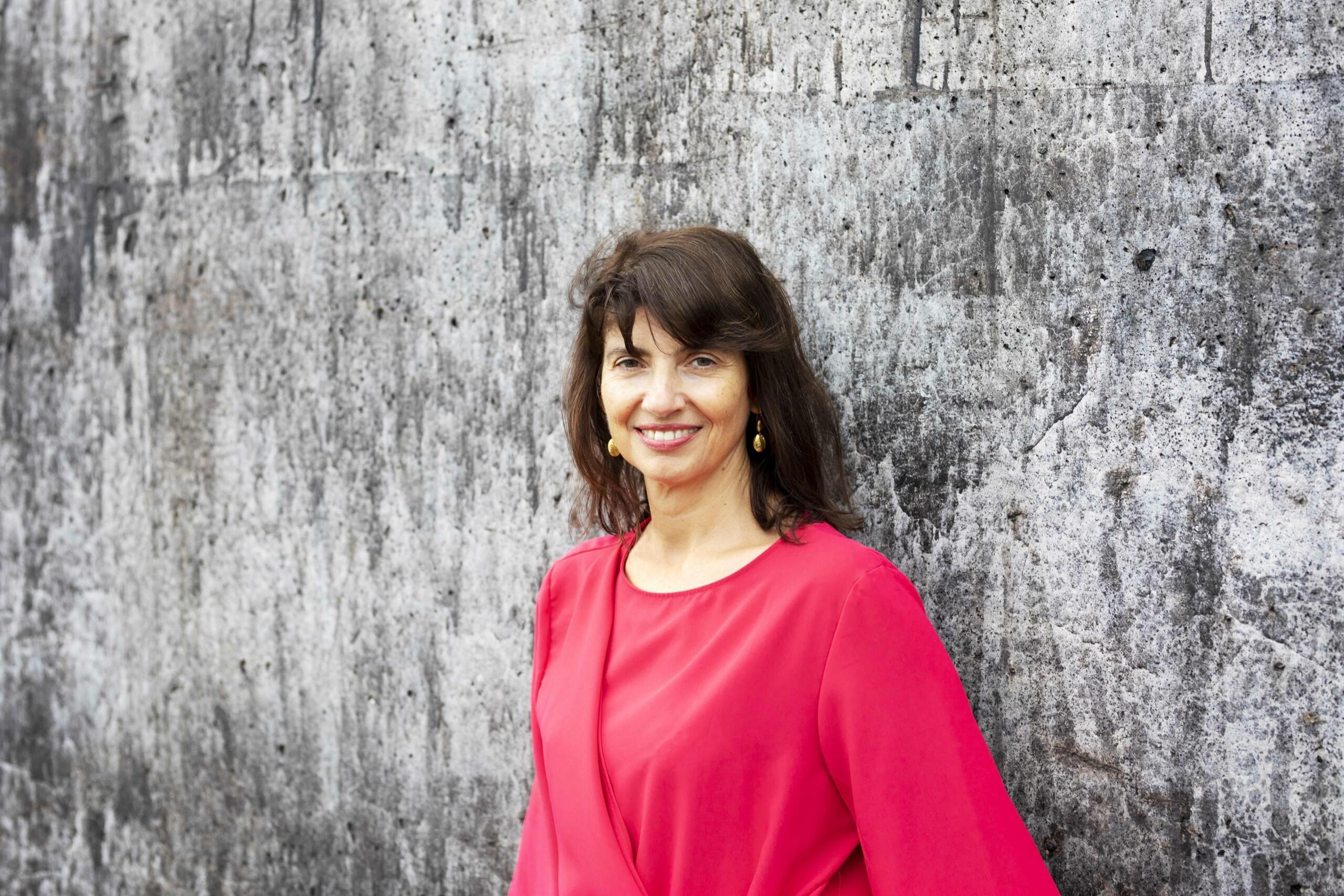Paola Livorsi is a composer of Italian origin who has lived in Finland since 2001 and is currently a Finnish citizen (since 2013). Her works have been performed not only in Finland and Italy but also in France and Germany. But what is it like for a composer from a foreign background to work in Finland? Livorsi tells us.
I find it important that institutions such as Teosto consider internationalization relevant for music-making artists. Since the beginning of my career, crossing borders between different European countries (Italy, France, and Finland), gave me the opportunity to listen to what was going on in Europe in the field of music, and contributed to form and reinforce my European identity. When, for a combination of personal and professional reasons, I started to live in Helsinki (at the end of 2001), I realized that a process of negotiation started to happen among these different souls, places, and languages, which I recognize today being an ongoing process.
Identity is an ongoing process
During the last ten years, also through my artistic research, I understood how identity (be it musical, national, of gender, or of any other kind) is an ongoing process: far from being finished and established once and for all, it is dynamic and intersubjective, shaped through other persons, encounters, cultures, and experiences. Personal and state borders should similarly be looked at as porous zones, membranes retaining a degree of openness. I soon realized that one of the most difficult and crucial questions, for a composer, is how to write transitions, which are also one of the most interesting things to reflect upon.
A transition or a border zone, akin to the skin, both separates and brings together. It is not just a dry line, but a place of change and exchange, of “intra-acting, becoming in relation,” through “collaborative” and “emergent” processes (Neimanis 2017, 34). A living body (of a sentient being, or of a musical instrument) contains intrinsic multiplicities, can be considered through different scales, and is formed across various generations (Rich 1986, 29); in this sense it is “never one thing,” does not stay “in one place,” neither is simply “itself” (Neimanis 2017, 29). Following Neimanis’s “thinking with water,” it leaks, overflows, interchanges, moves, incessantly permeates and is permeated by something or someone else. As Bergson wrote (1907/2001, 44), “life overflows intelligence” – meaning the dynamic quality of life goes beyond any rational, objectifying, “severing” differentiation (Neimanis 2017, 38).
To be an “artist of foreign background in Finland” (an “ulkomaalaistaustainen taiteilija Suomessa,” as it reads in the last Cupore diversity report / moninaisuusraportti, published in 2023) means living in this porous state, at the crossroads of various languages and cultures. It means living through, constantly filtering in and out what one comes in touch with, through first-hand, embodied, personal experience (a process known to anyone on the path of individuation, being a foreigner or not).
Kaija Saariaho was an important role model
In this perspective, the encounter with Kaija Saariaho was among the most significant ones in my life. I admired the force of her fragility, how lightly and seriously she acknowledged the importance of the smallest sound, of the apparently most insignificant detail, building strong structures out of the most fragile, changing, and unstable materials. For the first time, I found myself next to someone open to listening beyond pre-conceived ideas, attending to the young artist I was; someone capable of being intensely present but never self-centered, selflessly dedicated to music and to others. Last but not least, another woman.
A border zone contains and is contained in a larger environment. Any individual is shaped by it, but is also shaping it, through choices and actions which have shared consequences for other living beings and the planet. Acknowledging this interdependency calls for a sense of responsibility, and for a capability to respond to emergent challenges.
A border zone is a place where to learn to live-with, with all the contradictions and the difficulties that it implies; where to acknowledge difference and conflict, while “staying in the trouble” (Haraway 2016), by working it out day after day. An intersubjective work that can be fertile in many ways, despite the dark times we happen to live through.
Paola Livorsi
Paola Livorsi’s new work There Where the Waves Sing will be premiered at the concert by Ostrobothnian Chamber Orchestra.
Photo: Anna Autio
References
Bergson, Henri. L’évolution créatrice. Paris: Presses Universitaires de France, 1907/2001.
Haraway, Donna. Staying with the Trouble. Making Kin in the Chthulucene. Durham, NC: Duke University Press, 2016.
Karttunen, Sari, Emmi Lahtinen, Heljä Valkama, and Aino Leppänen. Ulkomaalaistaustaiset taiteilijat Suomessa. Moninaisuusraportti 2023. Helsinki: Cupore, 2023.
Neimanis, Astrida. Bodies of Water. Posthuman Feminist Phenomenology. London and New York: Bloomsbury Academic, 2017.
Rich, Adrienne. “Notes towards a Politics of Location.” In Blood, Bread and Poetry. New York: Norton, 1986.

